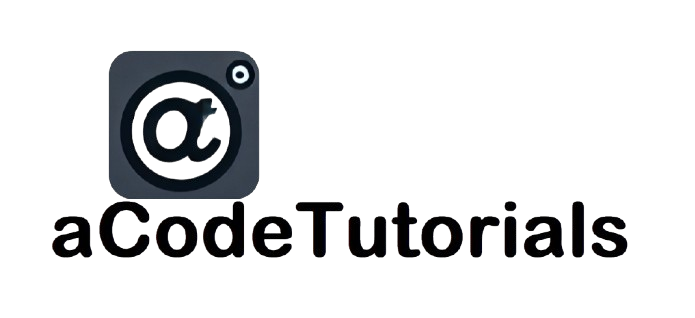C Alphabet Pattern Program
An Alphabet Pattern Program in C is a type of program that generates and displays a specific pattern of alphabets based on user-defined input. Similar to number patterns, alphabet patterns can take various forms such as triangles, squares, or pyramids, and they are often used to demonstrate nested loops and character manipulation in C.
Example: Right-Angled Triangle Alphabet Pattern
Let's explain a simple program that prints a right-angled triangle alphabet pattern. For example, if the user inputs the number 5, the output will look like this:
Logic of the Program:
- Take an integer input from the user that represents the number of rows for the pattern.
- Use a nested loop:
- The outer loop will iterate through each row.
- The inner loop will iterate through the alphabets from
Ato the current row's corresponding letter.
- Print the alphabets in the inner loop.
- After each row, print a newline character to move to the next line.
C Program to Generate a Right-Angled Triangle Alphabet Pattern:
Explanation:
Variables:
int rows: Holds the number of rows for the pattern.int i, j: Loop counters.
Input:
- The program prompts the user to enter the number of rows for the pattern.
Outer Loop:
- The outer loop (
for (i = 1; i <= rows; i++)) controls the number of rows. It runs from1torows.
- The outer loop (
Inner Loop:
- The inner loop (
for (j = 0; j < i; j++)) controls the letters printed on each row. It runs from0toi - 1, ensuring that the number of printed letters increases with each row.
- The inner loop (
Printing:
- Inside the inner loop, the program prints the character corresponding to the current value of
j. The expression'A' + jgenerates the correct alphabet. For example, ifj = 0, it printsA; ifj = 1, it printsB, and so on.
- Inside the inner loop, the program prints the character corresponding to the current value of
Newline:
- After the inner loop, a newline (
printf("\n")) is printed to move to the next row.
- After the inner loop, a newline (
Sample Output:
Example 1:
Example 2:
Key Points:
- Nested Loops: The program demonstrates the use of nested loops, which are essential for generating patterns.
- Dynamic Input: The number of rows can be changed by the user, making the program flexible.
- Character Manipulation: The program showcases how to manipulate character data types and use ASCII values to generate letters.
Variations:
You can modify the program to create different alphabet patterns, such as inverted triangles, pyramids, or even diamond shapes, by adjusting the loop conditions and print statements accordingly.
